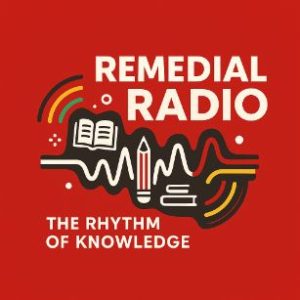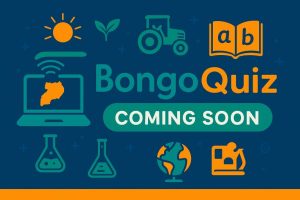Here are the key tips on the components of a lesson plan in the new curriculum of Uganda, aligned with the Competency-Based Curriculum (CBC) introduced by the National Curriculum Development Centre (NCDC). This format applies to lower secondary education (S1–S4) and is designed to ensure that lessons are learner-centered, skill-based, and competency-driven.
✅ Components of a Lesson Plan in Uganda’s New Curriculum (CBC)
1. Subject
Indicate the learning area (e.g., Mathematics, English, Entrepreneurship, Integrated Science).
2. Class/Grade Level
State the class/level being taught (e.g., Senior One, Senior Two).
3. Term and Week
Specify the academic term (e.g., Term I) and week of instruction (e.g., Week 3).
4. Lesson Title
Clearly define the title or focus of the lesson.
Example: “Types of Small Businesses in the Community”
5. Theme/Strand and Sub-strand
Identify the theme/strand (broad area) and sub-strand (specific content area) from the curriculum framework.
Strand: Earning a Living
Sub-strand: Starting Small Businesses
6. Lesson Duration
State the total time allocated for the lesson (e.g., 80 minutes).
7. Specific Learning Outcomes
These describe what the learner should know, do, or value by the end of the lesson. They must be measurable and action-oriented.
Example:
- Identify common small businesses in their area.
- Describe how small businesses operate.
8. Key Competencies to Be Developed
Highlight the core competencies that the lesson aims to build. These include:
- Critical thinking and problem solving
- Communication and collaboration
- Creativity and imagination
- Self-efficacy
- Digital literacy
- Citizenship
9. Cross-cutting Issues (PCIs)
State any pertinent and contemporary issues integrated into the lesson, such as:
- Environmental sustainability
- Gender equality
- Health education
- Financial literacy
- HIV/AIDS awareness
10. Values Promoted
List the moral values being instilled through the lesson.
Examples: Respect, integrity, responsibility, patriotism
11. Learning/Teaching Materials
Specify the resources needed to implement the lesson.
Examples: Charts, real objects (realia), textbooks, audio-visual aids, ICT tools
12. Lesson Introduction
Describe how the teacher will introduce the topic and motivate learners.
Can include: Brainstorming, storytelling, real-life examples, a short quiz, or questions.
13. Lesson Development (Step-by-step Activities)
Explain the sequence of learner-centered activities that promote:
- Inquiry
- Exploration
- Collaboration
- Hands-on practice
Use Bloom’s Taxonomy verbs (e.g., explain, classify, demonstrate).
14. Assessment Strategies
Include formative assessment methods used during or at the end of the lesson to measure achievement of outcomes.
Examples:
- Observation
- Oral questions
- Peer assessment
- Quizzes
- Written tasks
15. Conclusion/Summary
State how the teacher will wrap up the lesson by:
- Revisiting the learning outcomes
- Addressing misconceptions
- Assigning follow-up work or reflection
16. Teacher’s Reflection
This is a post-lesson section where the teacher notes:
- What went well
- Challenges encountered
- Learner engagement level
- Adjustments for future lessons


Leave a Reply